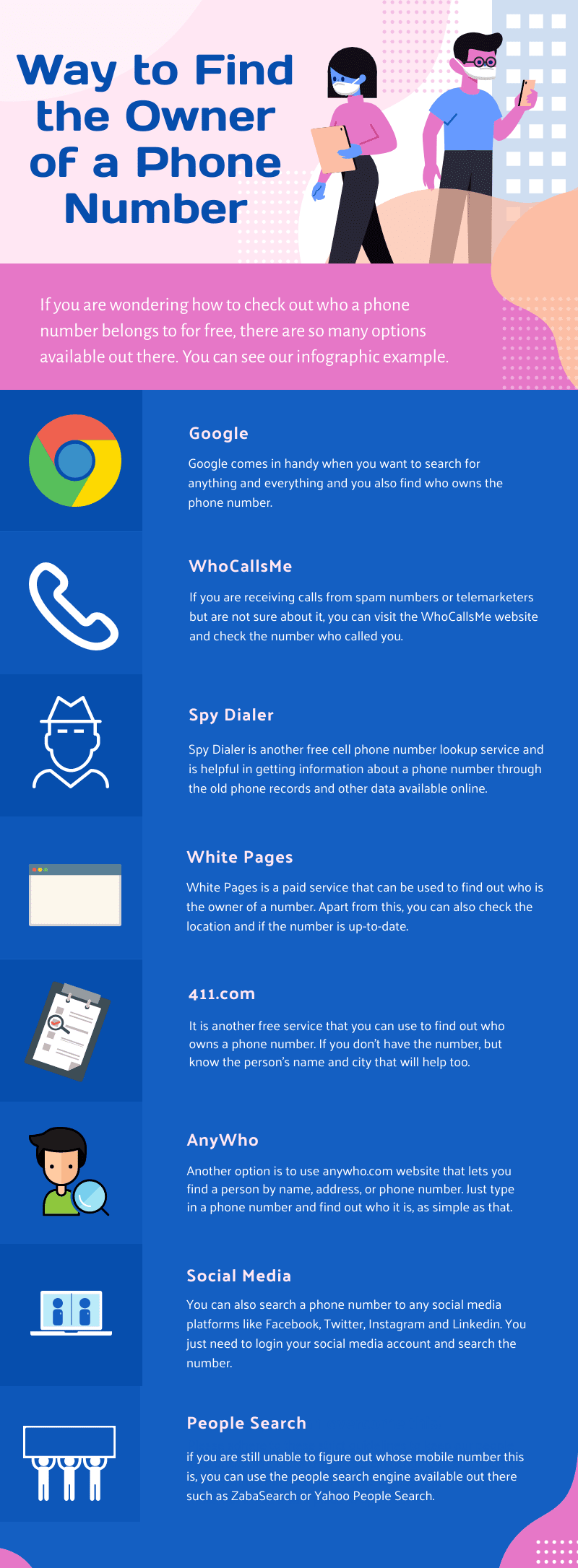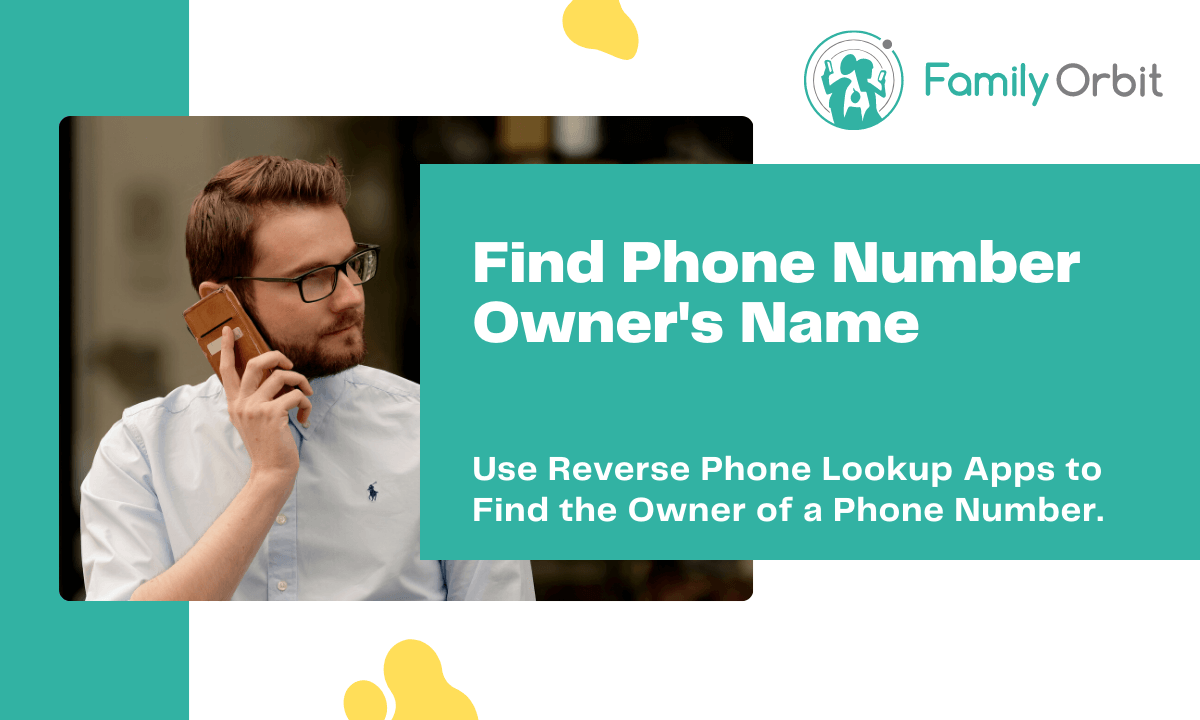Can I Find Out Who A Phone Number Belongs To

An unknown number repeatedly calling your phone? You're not alone. The burning question is: can you actually find out who's behind that mystery number?
The ability to identify unknown callers has become increasingly crucial in an age of rampant spam calls, potential scams, and even harassment. While finding the definitive answer isn't always easy, various methods and resources offer varying degrees of success.
Public Search Engines: A First Line of Defense
Start with the basics: Google, Bing, and other search engines. Simply typing the phone number into the search bar can sometimes yield surprisingly helpful results.
If the number is associated with a business, a public profile, or even a news article, the search engine might reveal it.
Social Media Sleuthing
Social media platforms can also provide clues. Platforms like Facebook, Twitter, and LinkedIn allow users to search using phone numbers.
Even if the exact profile isn't found, related information like mutual contacts or linked businesses might surface.
Reverse Phone Lookup Services: Proceed with Caution
Numerous websites offer reverse phone lookup services. These services claim to identify the owner of a phone number by searching through public records and other databases.
However, exercise caution. Many of these services charge fees, and the accuracy of their information can vary significantly. Some may even be scams, promising information they can't deliver.
Free reverse phone lookup services often provide limited information, such as the city and state associated with the number, but rarely the individual's name.
Paid services might offer more detailed information, but it's essential to research the service's reputation and read reviews before paying anything.
Be wary of services that promise "guaranteed" results or require you to download software.
Mobile Apps: Caller ID and Blocking
Mobile apps like Truecaller, Hiya, and Mr. Number can help identify unknown callers in real-time. These apps utilize crowdsourced data to identify and flag spam calls, robocalls, and potential scams.
They often display the caller's name or a warning label, even if the number isn't in your contacts. These apps often have blocking functionalities as well.
Most of these apps require access to your contacts to function correctly, so consider the privacy implications before installing and granting permissions.
White Pages and Online Directories
Traditional white pages directories have moved online. Websites like WhitePages.com offer reverse phone lookup functionality, allowing you to search for a name and address associated with a phone number.
The effectiveness of these directories depends on whether the phone number is listed and whether the individual has opted out of public listings.
Understanding Caller ID Spoofing
It's important to understand that caller ID can be spoofed. Spoofing is the practice of disguising a phone number to make it appear as if the call is coming from a different source.
This is often used by scammers to impersonate legitimate businesses or government agencies. Therefore, even if you identify a number through reverse lookup, the information might not be accurate.
Privacy Concerns and Legal Considerations
Accessing and using personal information obtained through reverse phone lookup services raises privacy concerns. It's important to use this information responsibly and ethically.
In some cases, accessing or using someone's personal information without their consent could be illegal. Be aware of local laws and regulations regarding data privacy and phone number identification.
When All Else Fails: Contacting Law Enforcement
If you're receiving harassing or threatening calls, or if you suspect you're being targeted by a scam, contact law enforcement. They have the resources and legal authority to investigate and identify the source of the calls.
Provide them with all the information you have, including the phone number, dates and times of the calls, and any other relevant details.
Future Developments and Enhanced Identification
Ongoing efforts are being made to improve caller ID technology and combat illegal robocalls and spoofing. The FCC and other regulatory bodies are working to implement stricter rules and regulations.
New technologies, such as STIR/SHAKEN, are being developed to authenticate caller ID information and reduce the prevalence of spoofed calls. This gives phone companies the ability to verify if a call is actually coming from the number displayed.
Conclusion: Persistent Investigation and Caution
Identifying the owner of a phone number can be a complex process with varying degrees of success. Start with free and readily available resources like search engines and social media.
Exercise caution when using paid reverse phone lookup services and consider the privacy implications. Report harassing or threatening calls to law enforcement. Stay informed about ongoing efforts to improve caller ID technology and combat phone scams.








![Can I Find Out Who A Phone Number Belongs To [ 2025 Guide] How to Find Out Who a Phone Number Belongs To](https://images.clevguard.com/enassets/images/article/how-to-find-out-who-a-phone-number-belongs-to.jpg)









